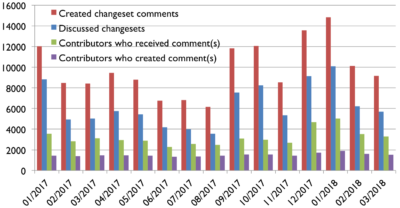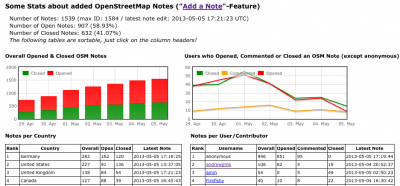OpenData vom Bundesamt für Kartographie und Geodäsie vs. Crowdsourced OpenStreetMap in Deutschland – Ein Vergleich Offener Daten
Nach knapp 1.000 Tagen Abstinenz (endlich?) mal wieder ein Blog Post von mir. Aufgrund des inhaltlichen und räumlichen Bezugs diesmal auf deutsch. English version via Google translate?
Präambel – Im Herbst 2020 entstand beim FOSSGIS e.V. eine Open Data Arbeitsgruppe. Durch verschiedene gemeinsame Aktivitäten von der Arbeitsgruppe und dem Bundesamt für Kartographie und Geodäsie (BKG), wie z.B. einem Workshop, wurden Anfang Dezember 2020 zwei Datensätze von Standorten der Landespolizei und Gesundheitsämtern für die „Pflege und Erweiterung der OpenStreetMap-Datenbank“ freigegeben. Daneben existieren beim BKG noch weitere interessante „Open Data“ Geodaten und Webdienste, die aber aufgrund ihrer Lizenzbedingungen nicht vom OpenStreetMap (OSM) Projekt verwendet werden dürfen.
Ein „offizieller offener“ Datensatz von einer Bundesbehörde? Gut, wie sieht’s im Vergleich zu gemeinsam zusammengetragen Daten aus, z.B. OpenStreetMap? Lassen sich Unterschiede in der Qualität feststellen? Sind die Datensätze womöglich auf Augenhöhe oder existieren gravierende Unterschiede oder wovon könnten alle profitieren?

